What is Kolam Rangoli?
Kolam is a form of floor drawing that originated in India at least 1,000 years ago and some say it may be the world’s first sketching art. Our more recent Indian names for kolams are rangoli (which means “coloring”). It is believed that Goddess Lakshmi protects the home which has Kolam drawn at the doorstep while wards off evil spirits and bad luck. They are also often surrounded by rangoli flowers – which really brighten up any courtyard!
Traditional Kolam, also known as Muggu in Telugu or Tharai Aalangaram, is an ancient form of decorative art that uses rice flour to draw. It can be done with white stone powder and natural colors too!
Traditional kolams are made up mostly of rice mixed with water; then you add color by boiling it down until they turn into a paste-like substance before applying it onto paper- which brings us back full circle because traditionally these were drawn on cloths during festivals such as weddings or special occasions.
Kolam is a traditional Indian art form of drawing patterns on the ground. It is often drawn for auspicious occasions like Hindu festivals and weddings. The most common design is called rangoli, which has geometric shapes that are filled with symmetric designs. Many people draw rangolis in their homes or at temples to bring positive energy into their space, but they can also make great decorations for parties! We’ve searched Pinterest to find some beautiful photos of kolams from around the world.
Simple Rangoli Kolam Designs | Simple Rangoli with Dots
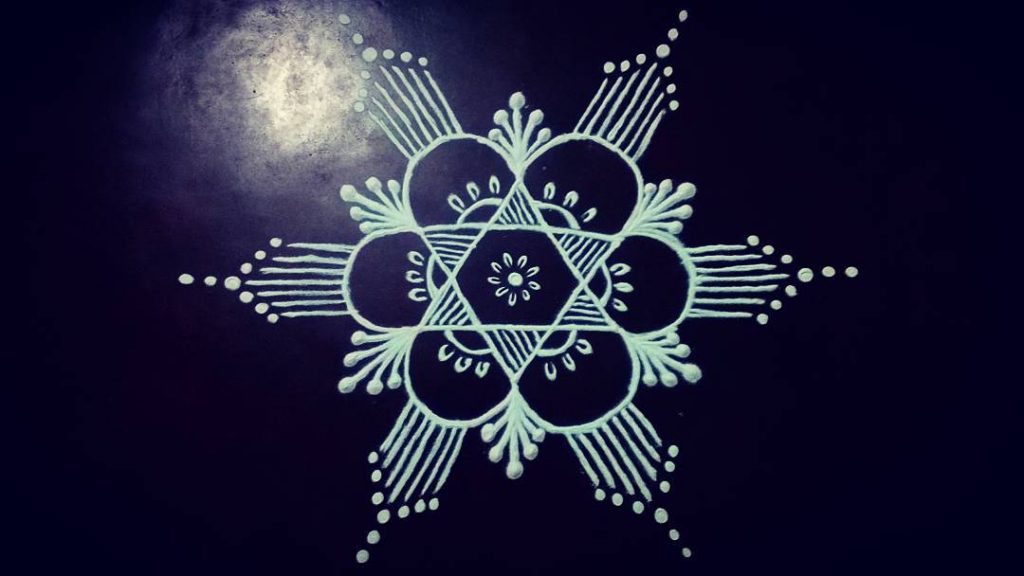
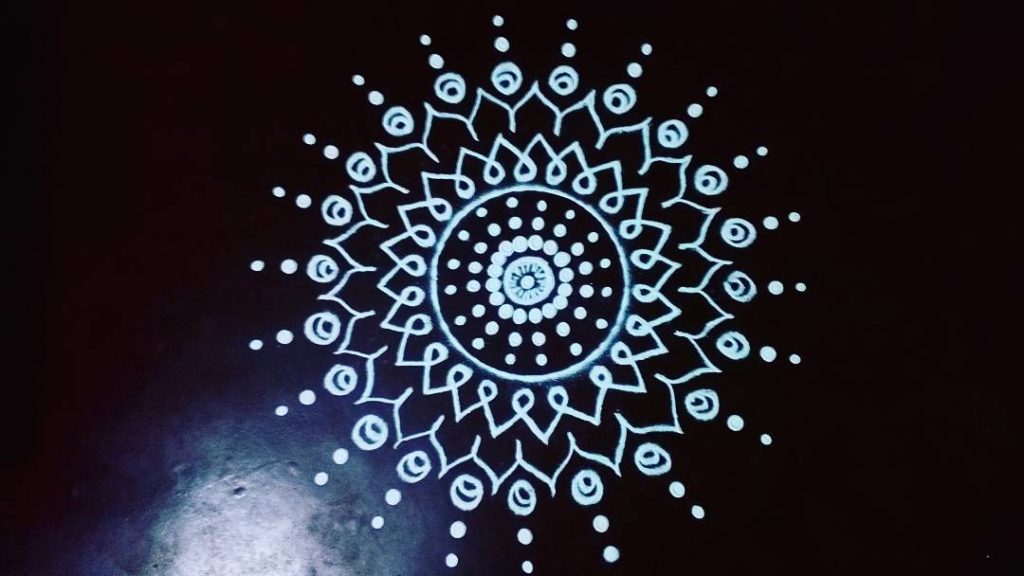
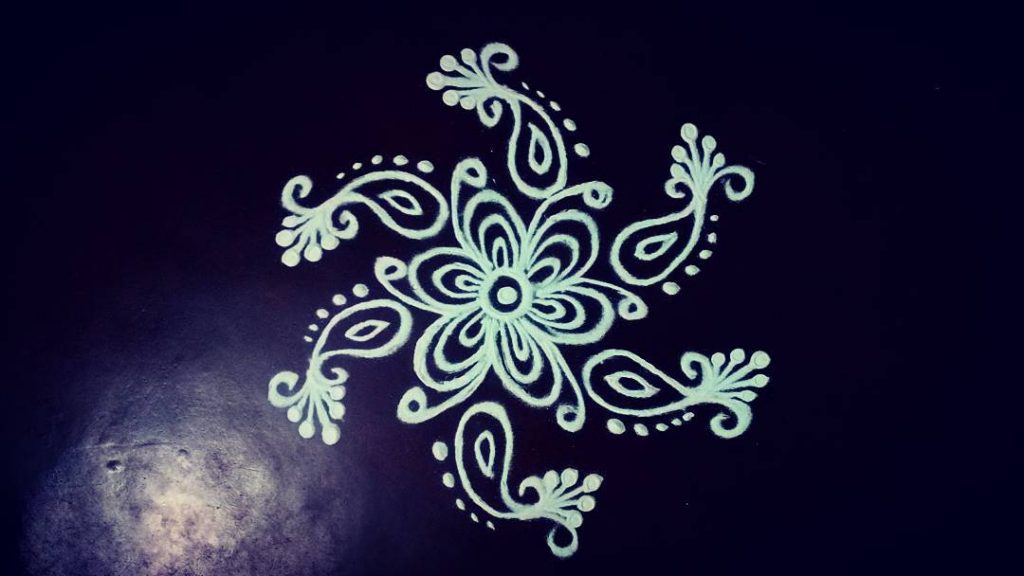
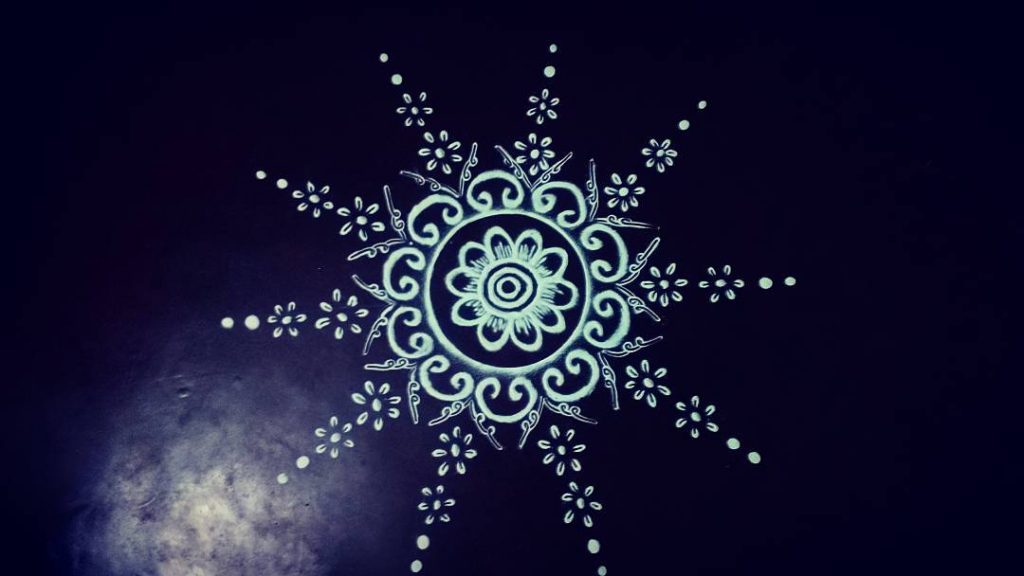
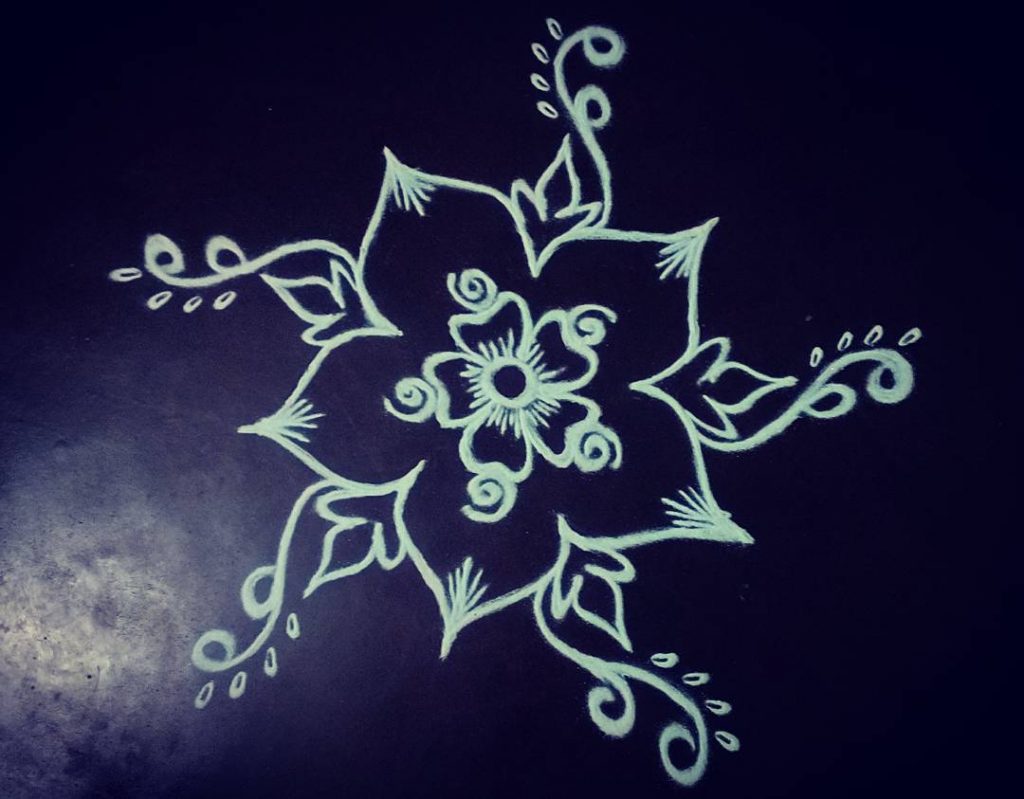
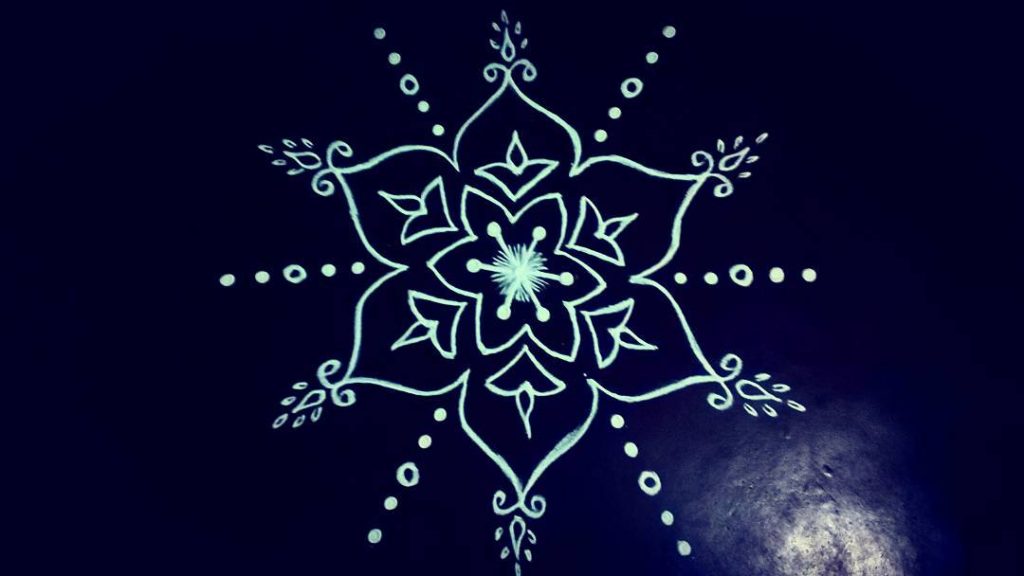
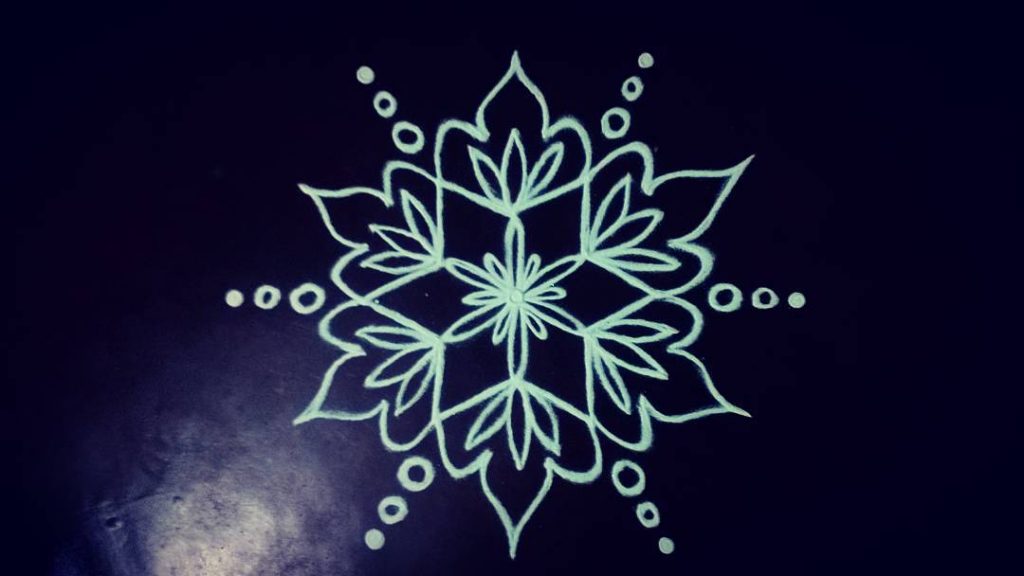
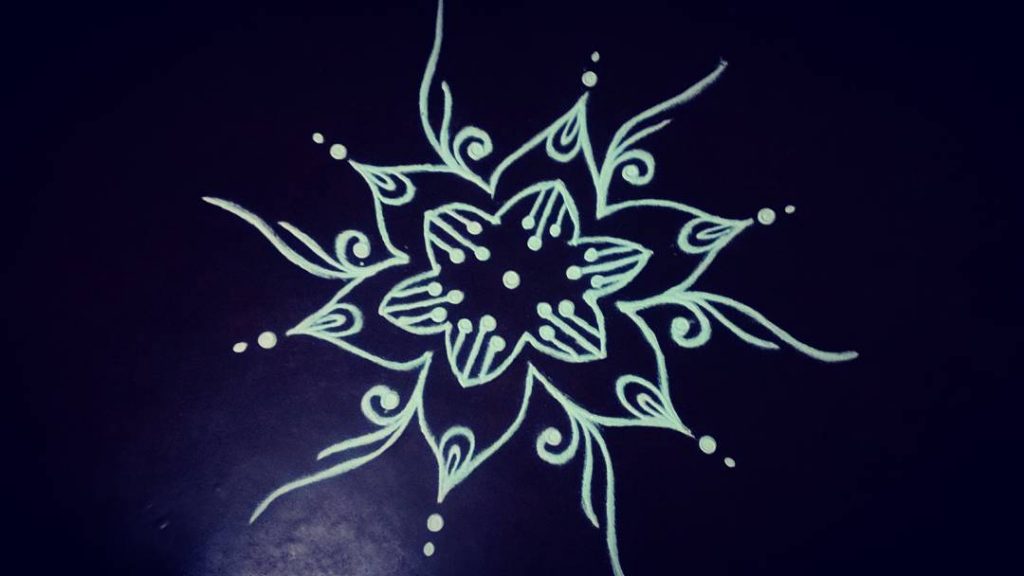
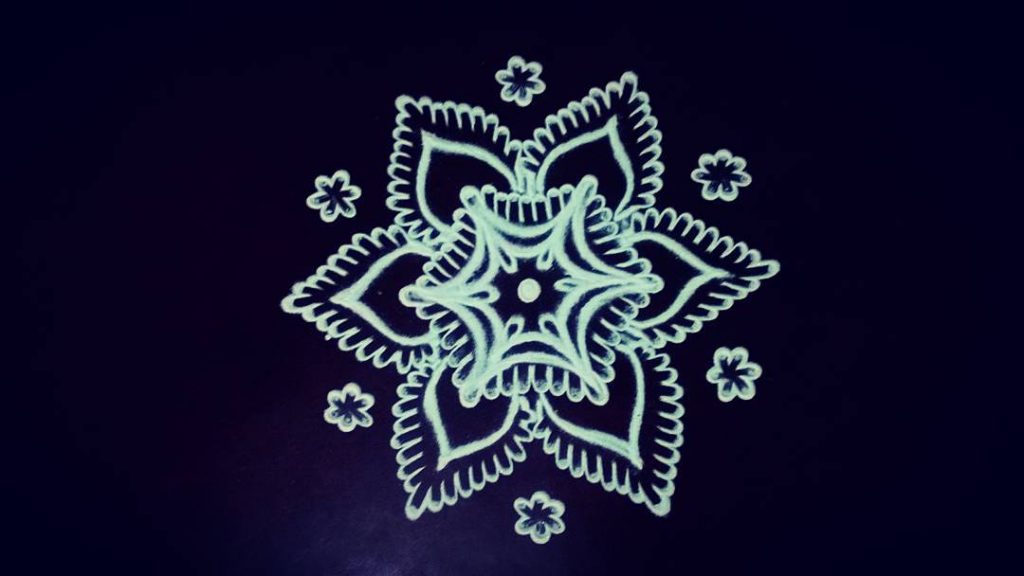
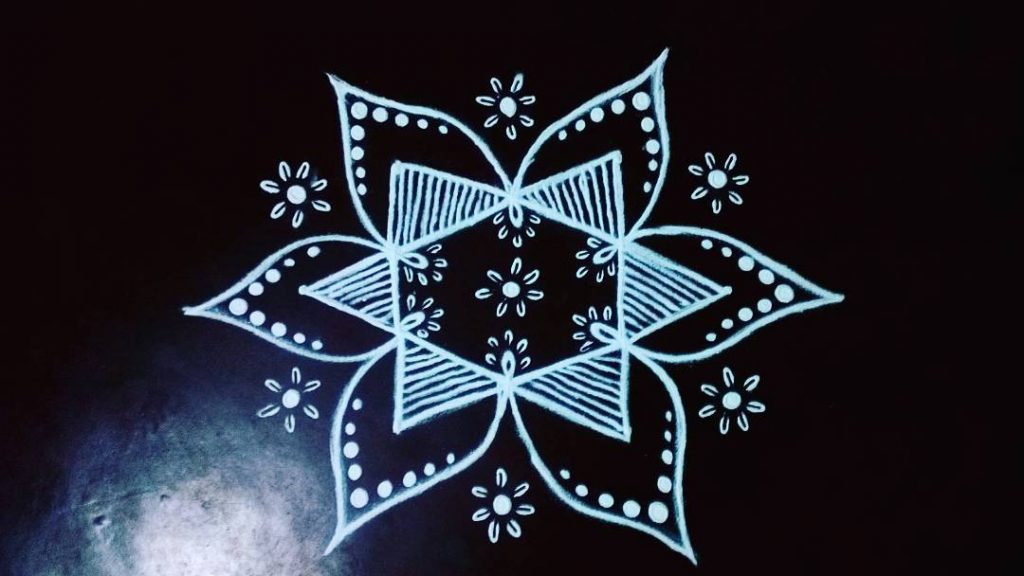

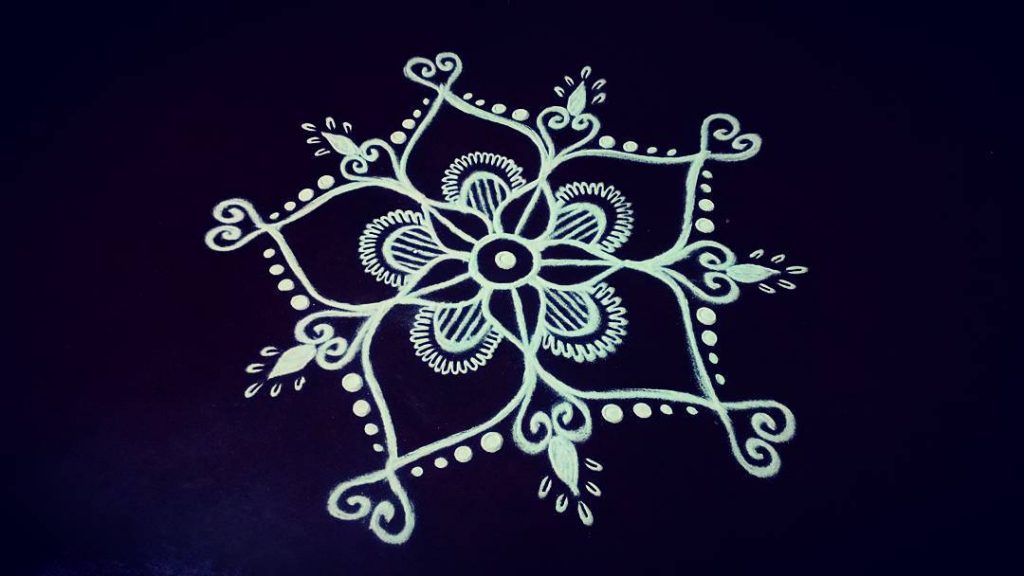


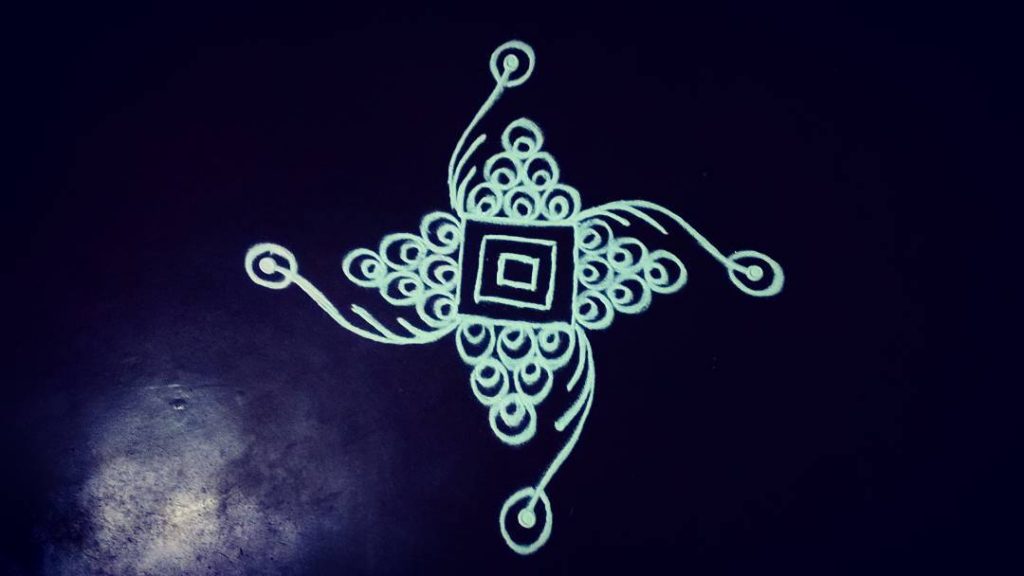


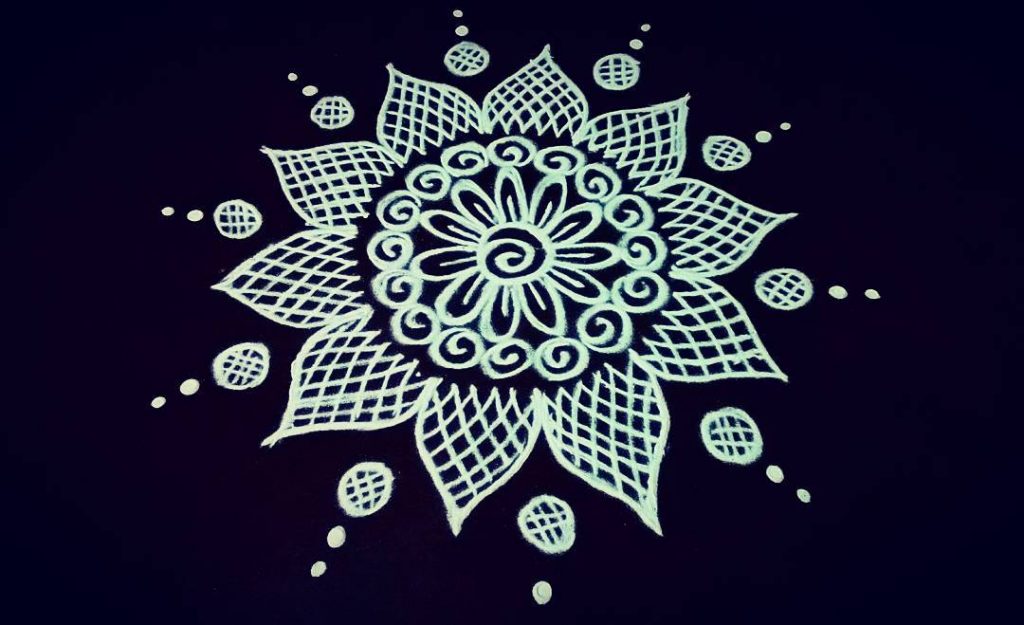

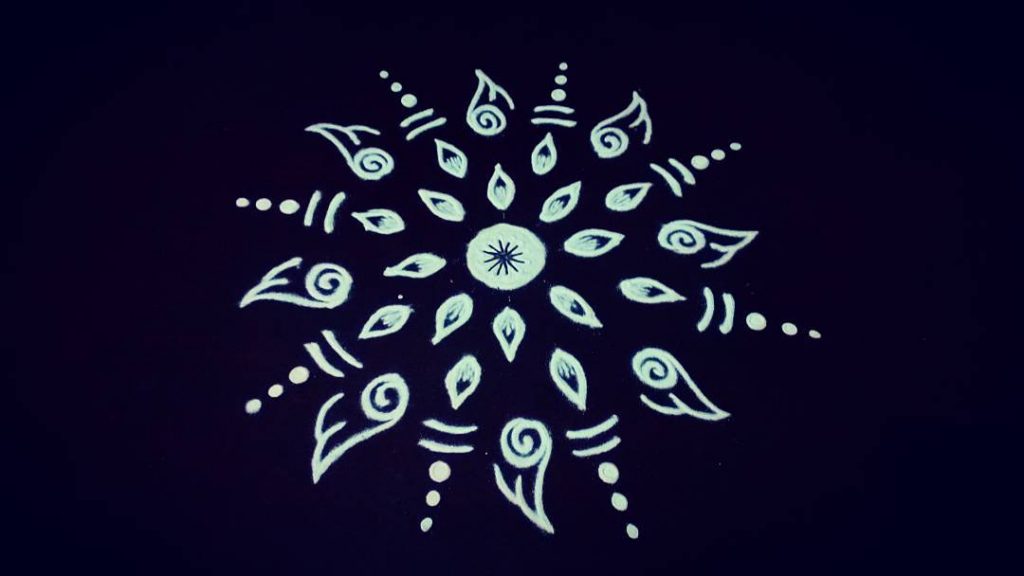
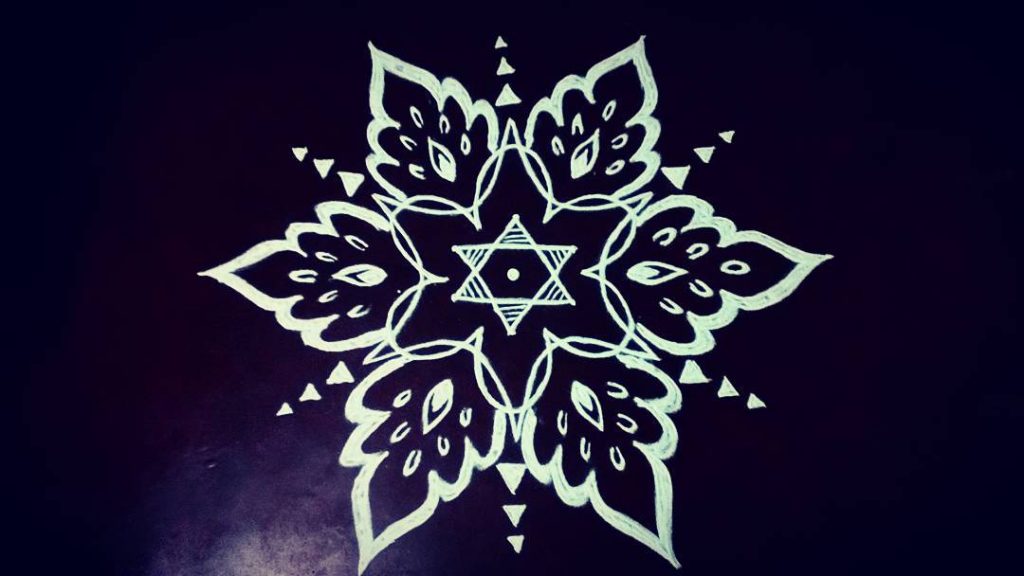

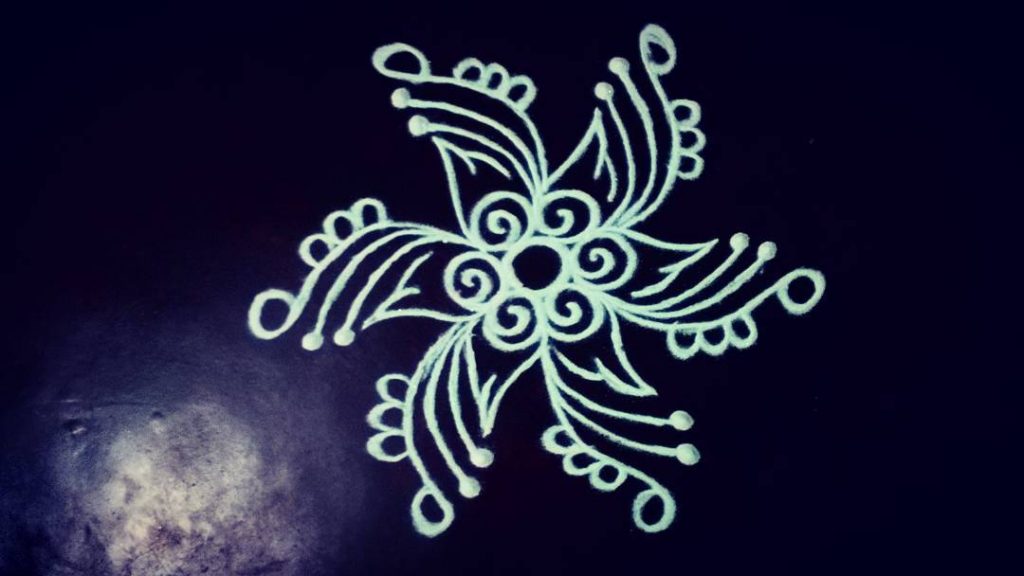
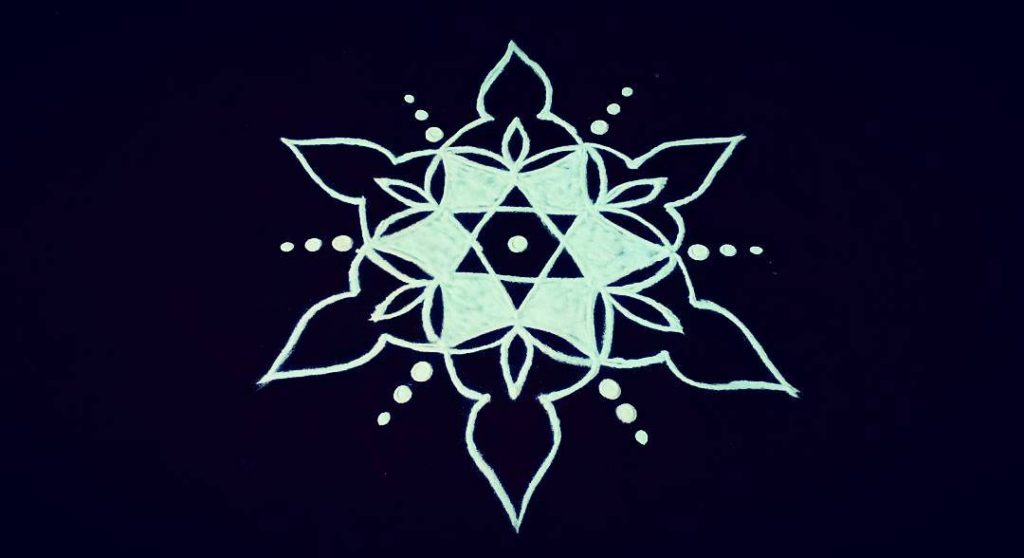
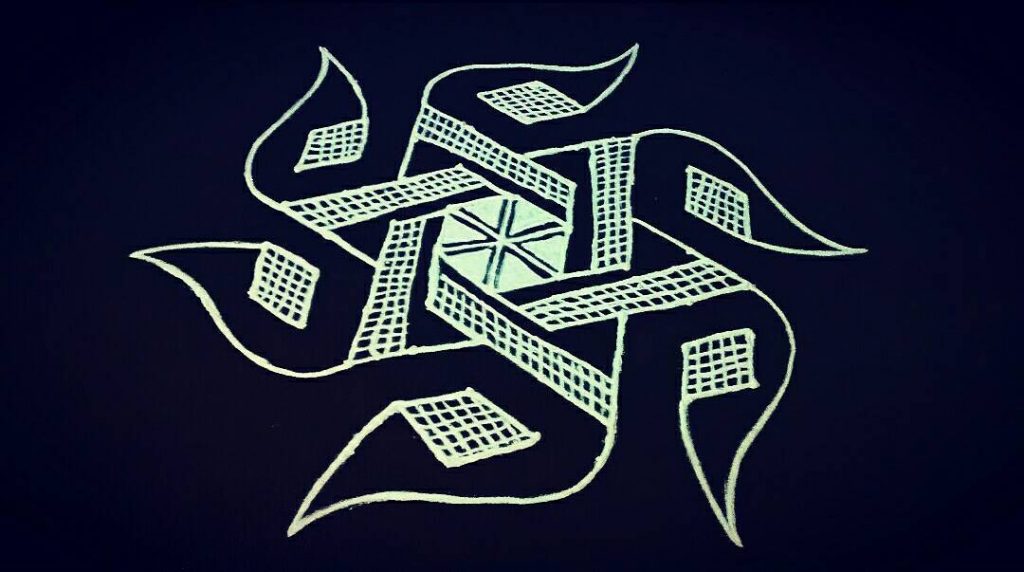
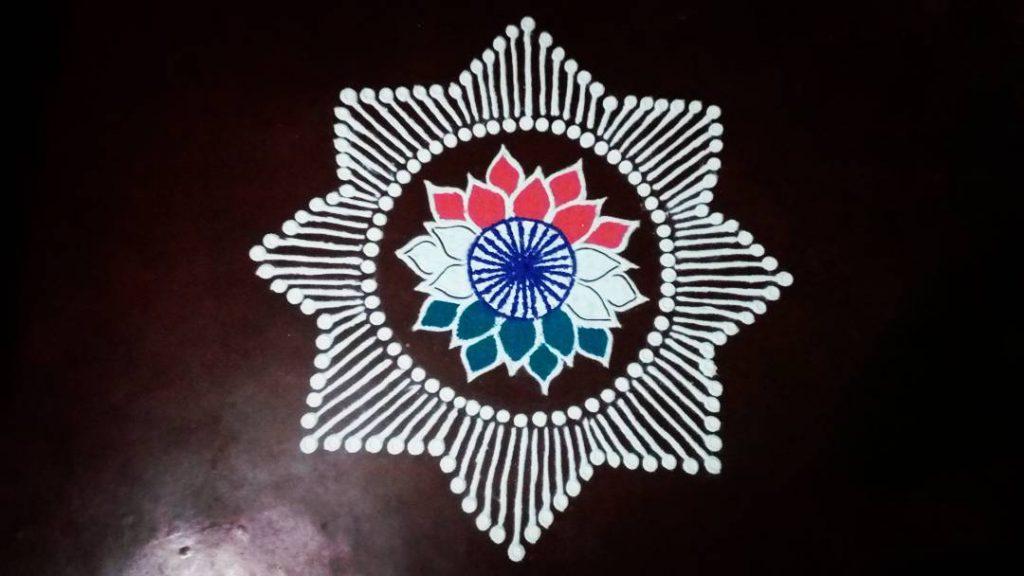
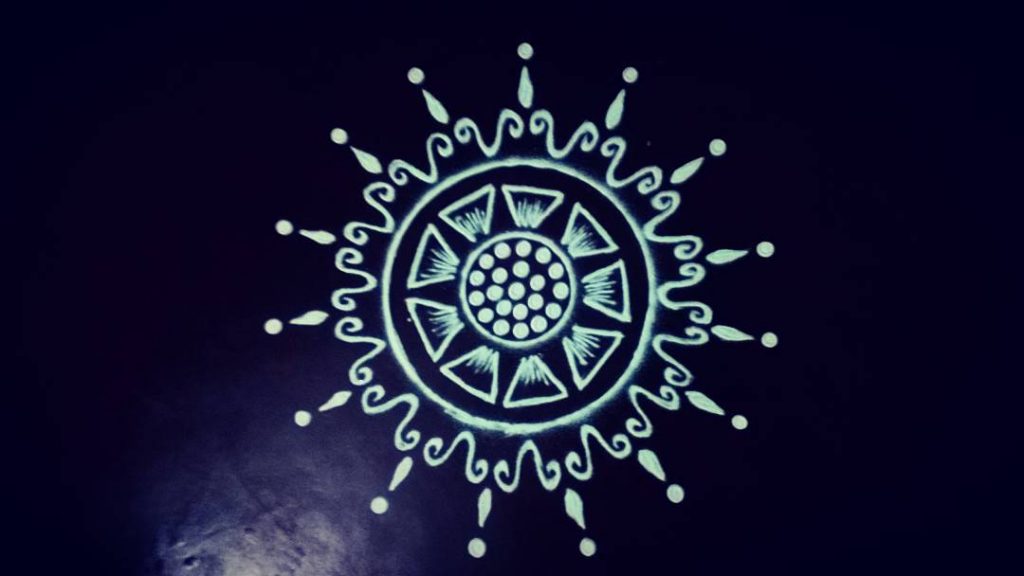
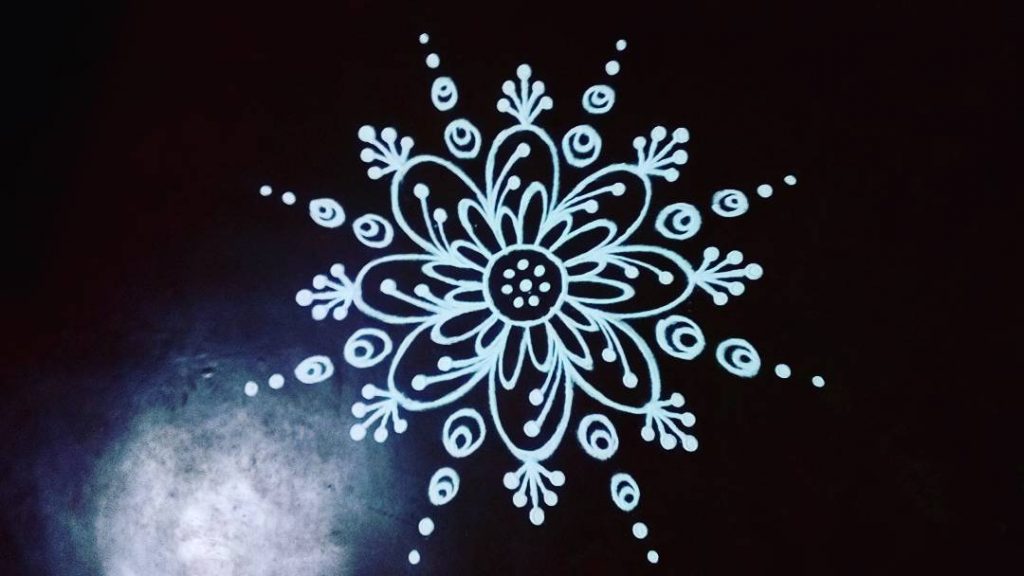

Rangoli Muggulu for All Festivals
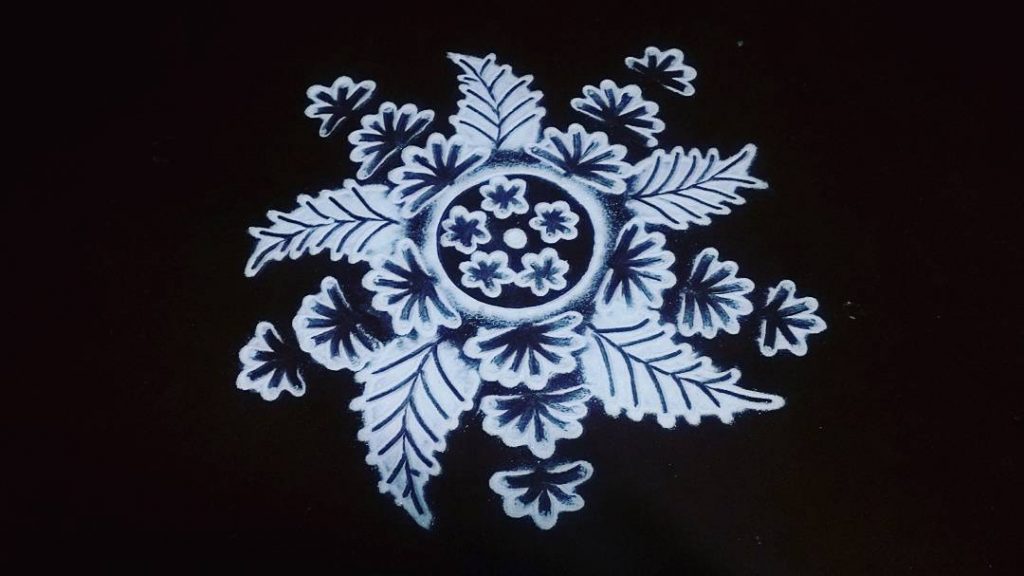
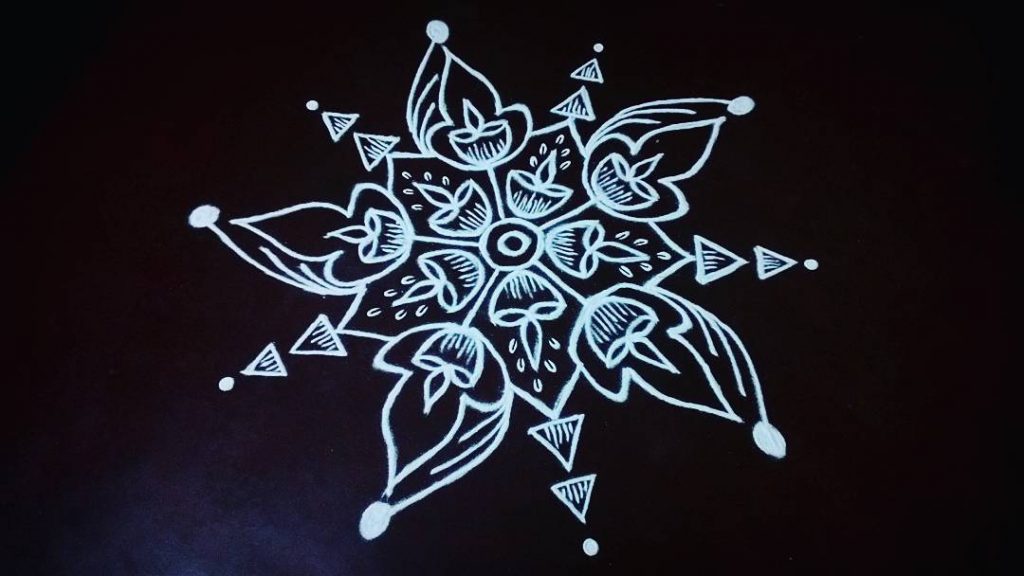
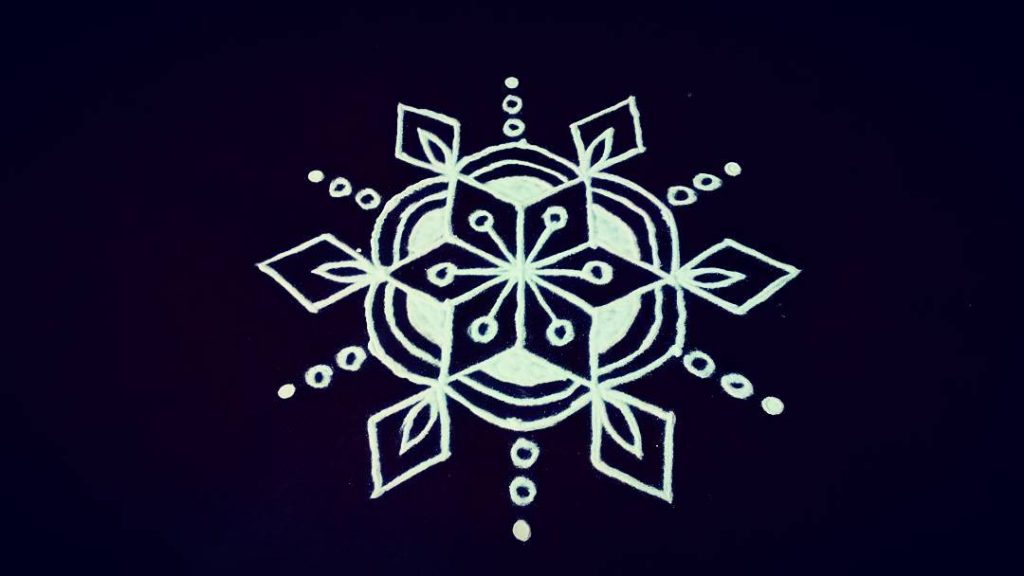
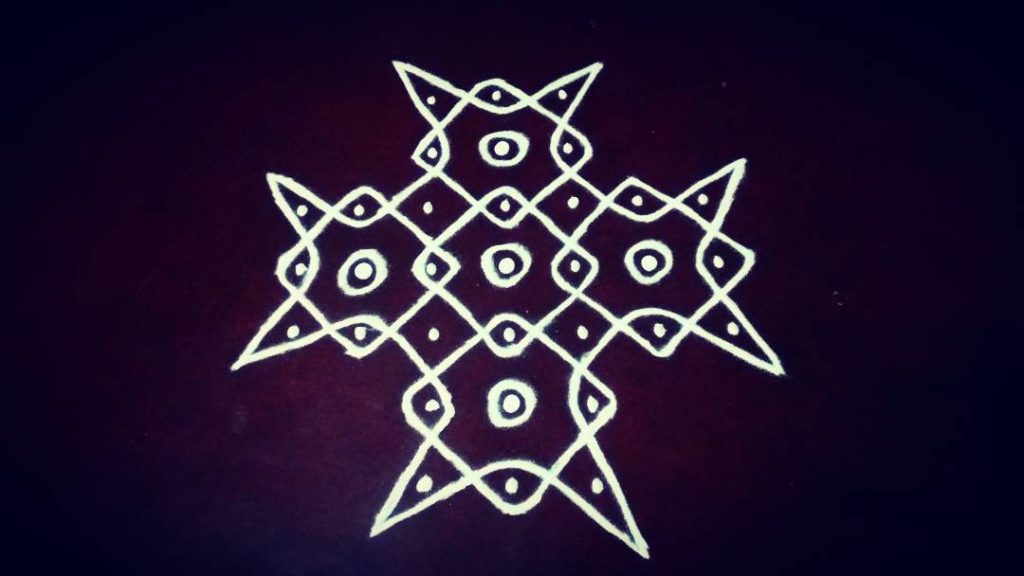

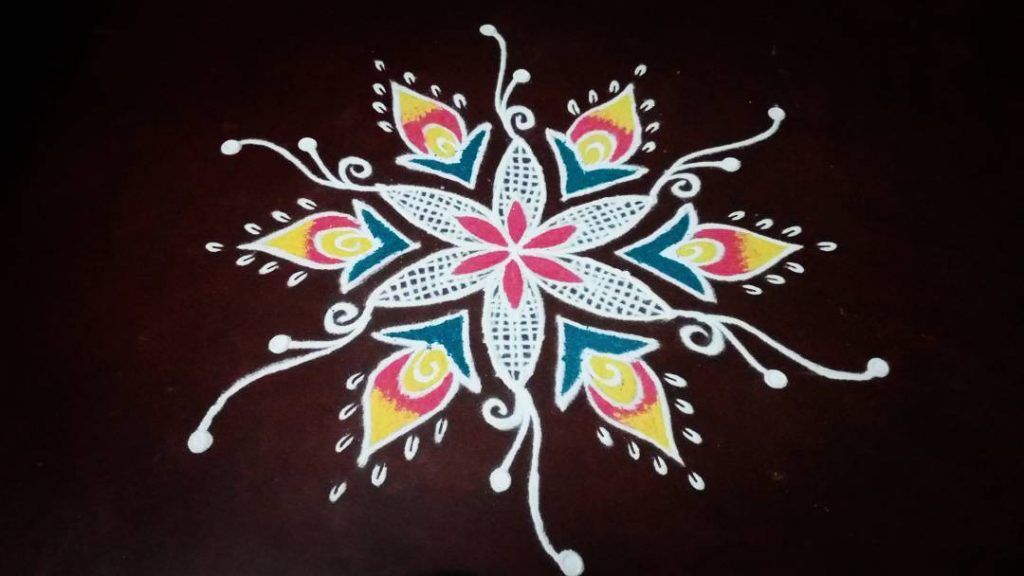
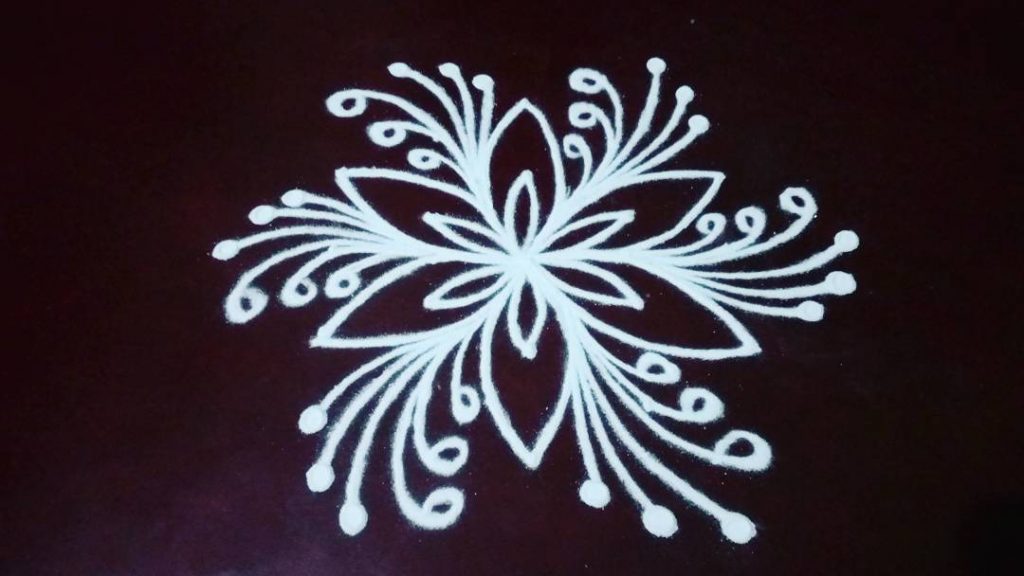
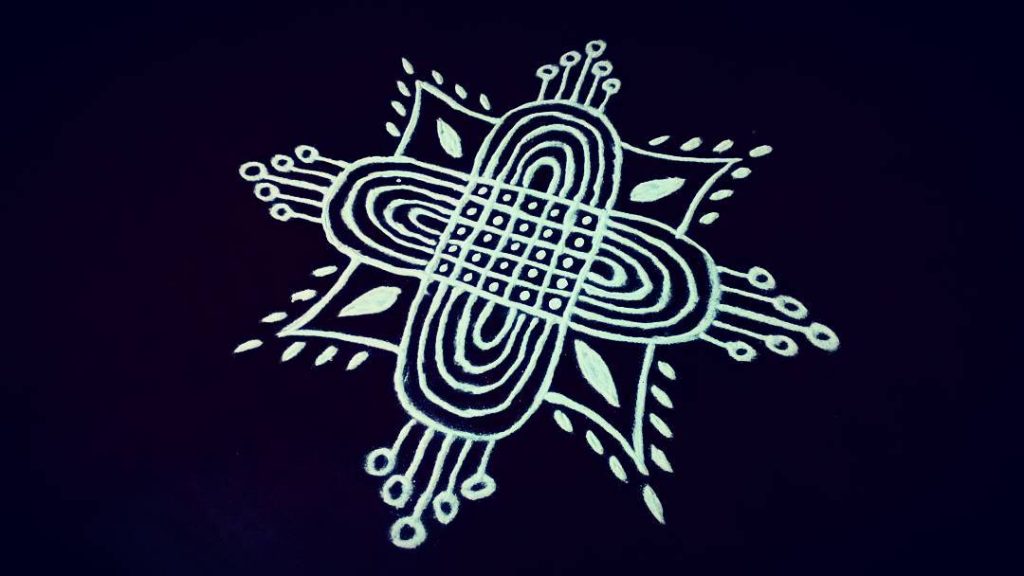
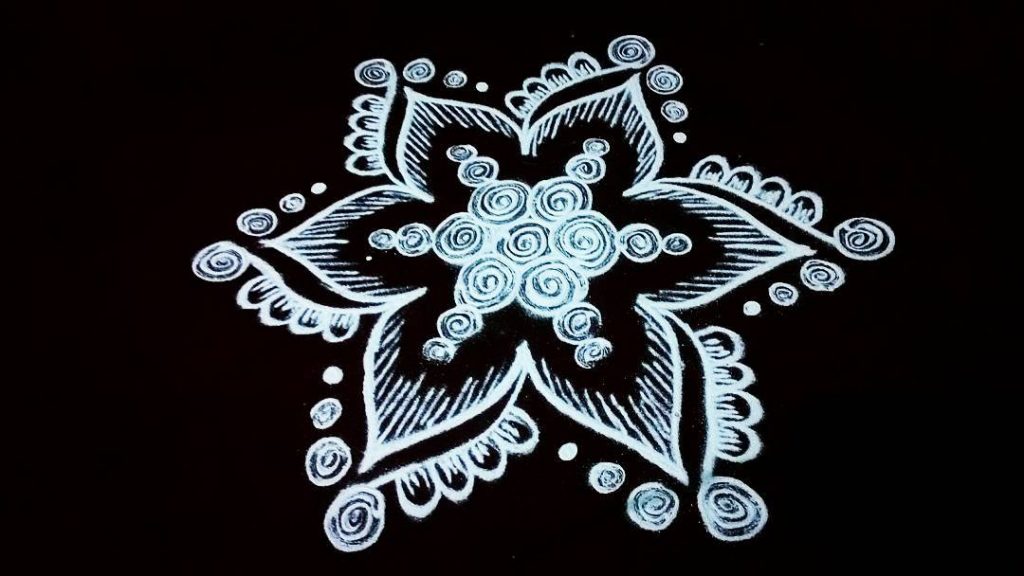
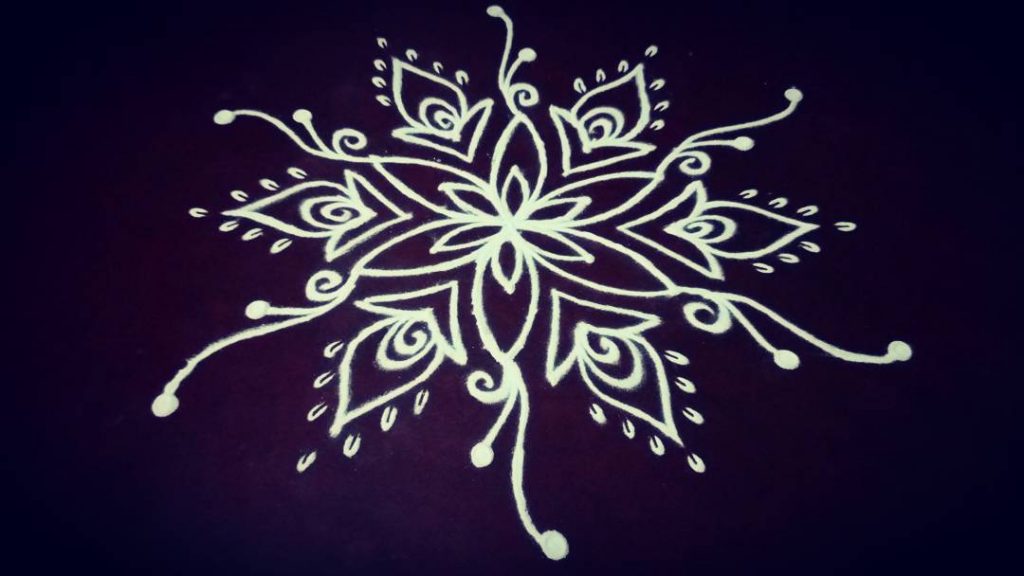
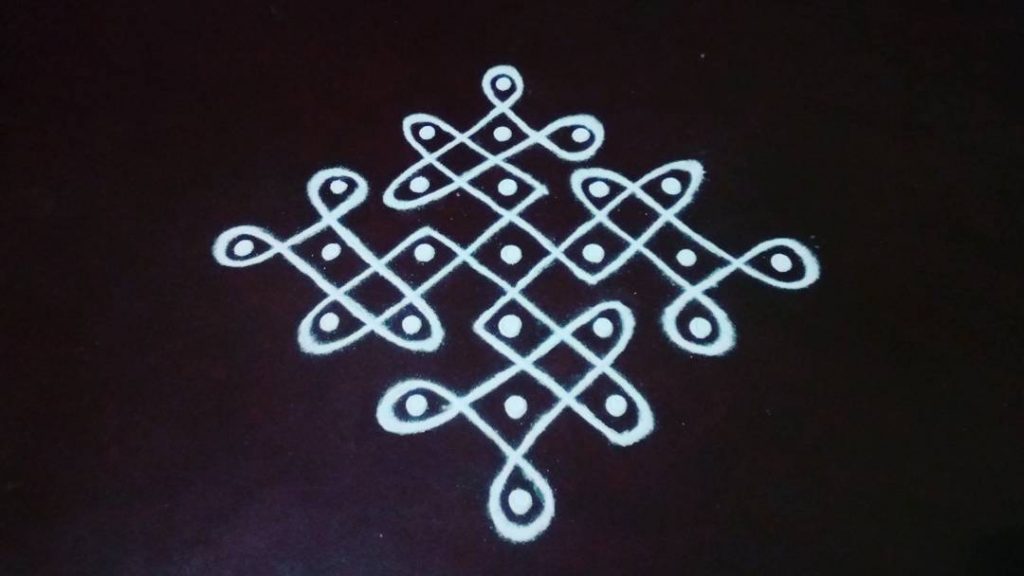
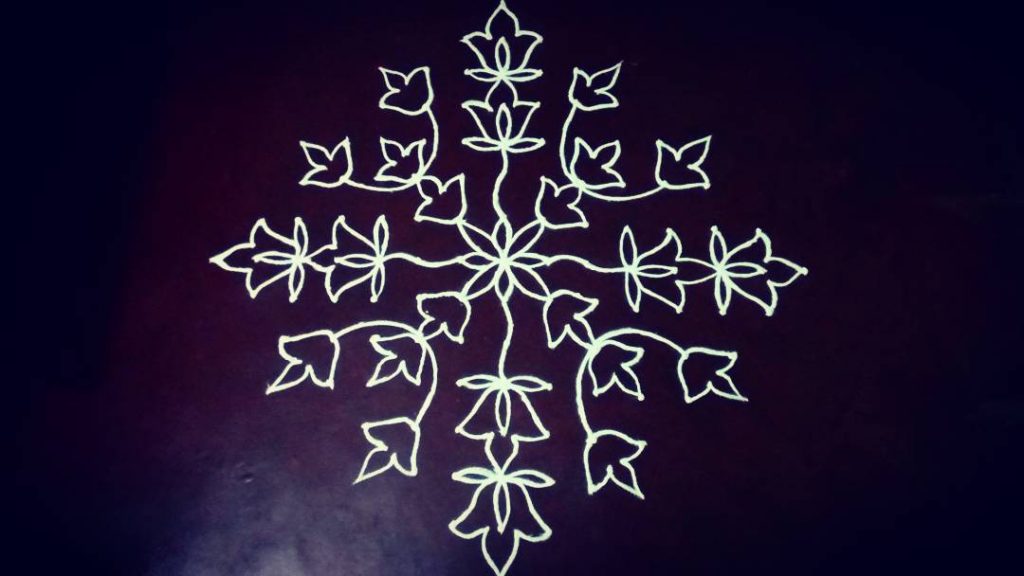
Credits:
I found these Rangoli designs on sharechat so i especially visited Menakasrangoli.com as well her Youtube channel Pakka Local
for more latest & simple rangoli video tutorials you can visit her Youtube channel.

